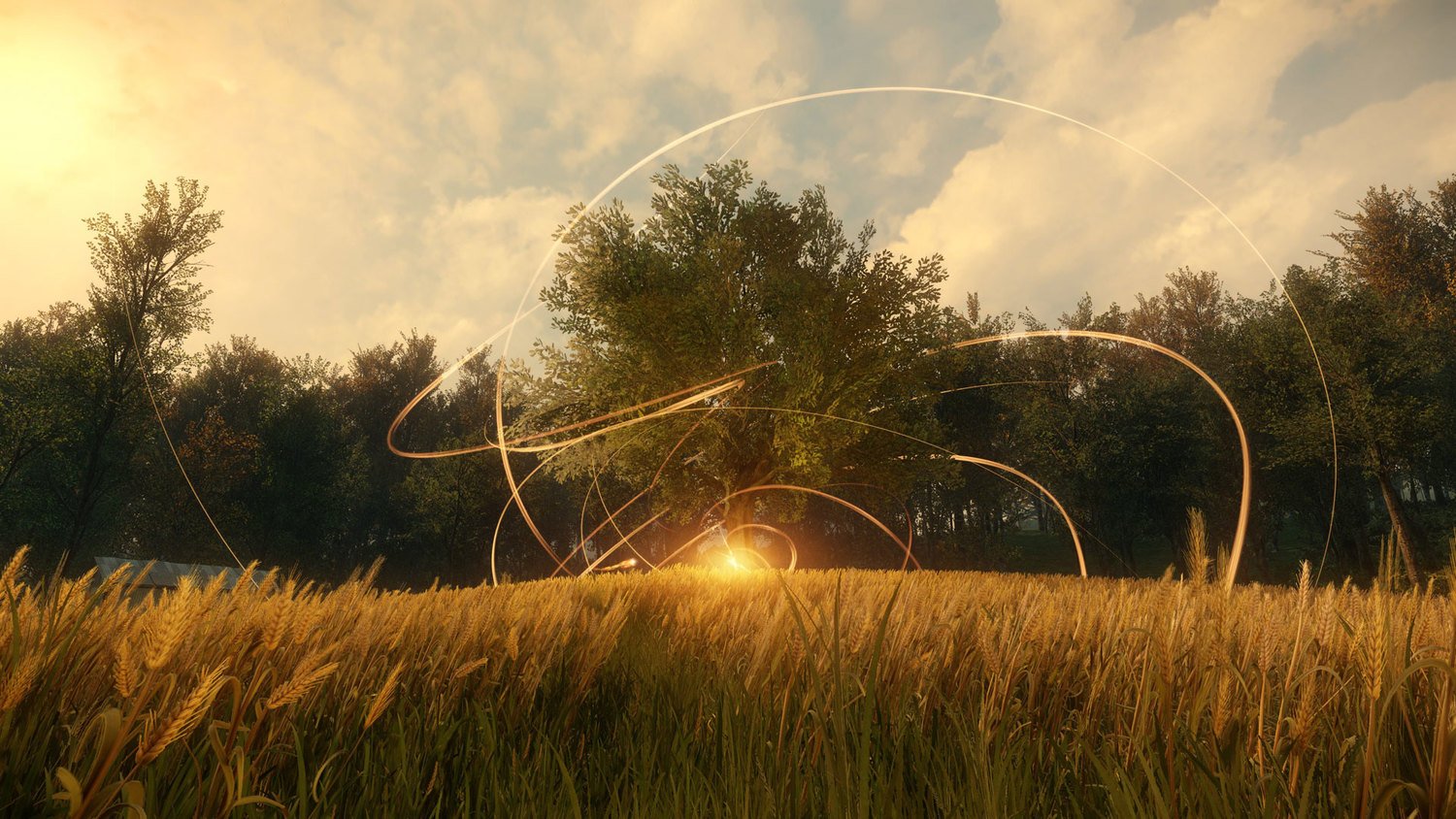Everybody’s Gone
to the Rapture (2015)
Creative/Game Director, Producer, Story Creation & Script, Narrative Director (including working with Kate Saxon/SIDE on casting & voice direction, dialogue editing), design direction, Publisher Liaison (SONY, including marketing + PR responsibilities), Concept creation and development
An extraordinary piece of work - The Telegraph
Unforgettable - EDGE Magazine
A beautiful, heart-breaking journey into the end of the world - IGN
It’s brave, it’s challenging, and it’s essential. How The Chinese Room has managed to convey this level of narrative artistry… is beyond me. It has to be experienced to be believed - GameRadar+
Deep within the Shropshire countryside, the village of Yaughton stands empty.
Toys lie forgotten in the playground, the wind blows quarantine leaflets around the silent churchyard. Down on Appleton’s farm, crops rustle untended, the early harvest abandoned halfway through.
The birds lie where they have fallen. A pair of shoes hang from the overhead wires. The windmill continues to turn unobserved. Strange voices haunt the radio waves as uncollected washing hangs listlessly on the line.
There is light in the wires. The televisions are tuned to vacant channels. Above it all, the telescopes of the Observatory point out at dead stars and endless darkness. And someone remains behind, to try and unravel the mystery.
Winner of 13 International Awards
Nominated for 51 International Awards
10 BAFTA nominations and 3 wins
WINNER 2015 Writer’s Guild of Great Britain awards



